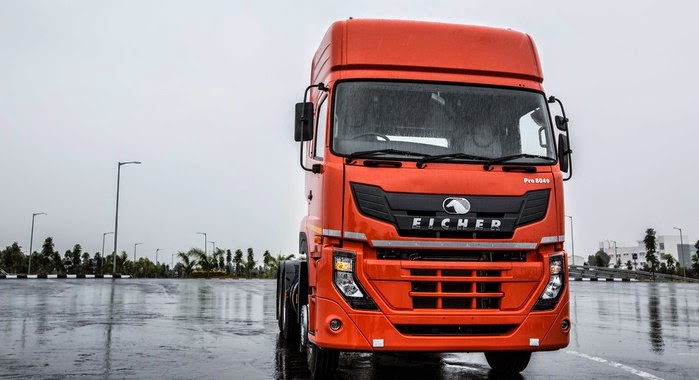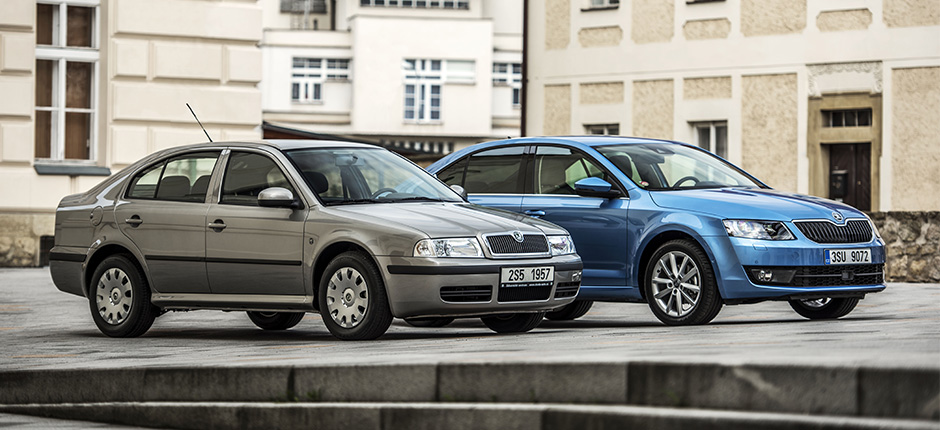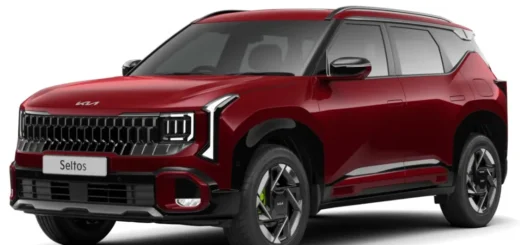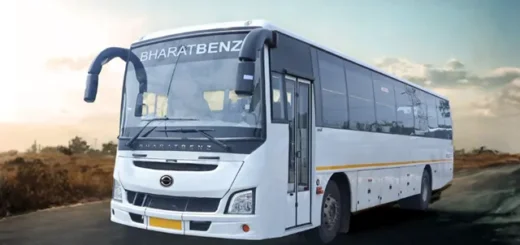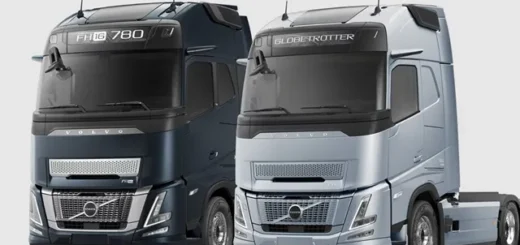Compulsory ABS For Commercial Vehicles A Necessary Push Towards Road Safety
The Ministry of Road Transport and Highway’s (MoRT) ABS mandate, dated June 2014, requires that Anti-locking Brake System (ABS) be fitted as standard on all trucks and buses. Initially, every new trucks above 12 tonnes GVW (N3 segment) and buses above 5 tonnes GVW (M3 segment) that roll-out of assembly line from April 1, 2015 ought to feature ABS. All other existing models are given a further six month window period to fit the technology in them.
The latest ABS-related directive, to make around 250,000 CVs safer every year, is a right step towards road and highway safety and ushers our CV industry into a new era of technological promotion. This, however, cannot be the only and only step in this regard. Nor the ABS binding will solve all our road safety woes involving heavy vehicles. There are certain anomalies on ABS usage, which also needs to be sorted out.
This ABS-fitment order isn’t something sudden or a haste decision (and not a policy outcome on the backdrop of our passenger carsfailing in NCAP crash-tests late last year). Since October 2006, every N3 category trucks designed to carry designed to carry hazardous materials like chemicals and petroleum products have had to be ABS equipped. A similar rule applied for semitrailer tractors, double-deck city buses, inter-city passenger/ tourist buses on national permits was put into effect a year later in 2007. Nowadays, large carriers transporting cars and CVs are also ABS-equipped, partly because of customer side demand.
The impact of this directive, to put in perspective, over 21,000 vehicles in the N3 and M3 categories were produced in February 2015, as per SIAM figures. Therefore, over 250,000 CVs per annum in these two categories will be ABS-enabled, excluding the other 40-49-ton heavy trucks which already have ABS technology in them.
This new development ushers Indian CV market into a new era with regard to highway safety and technological promotion. With regard to road safety, trucks and lorries account for 19.2 percent and buses account for 9.4 percent of total fatalities due to road accidents in the country, according to a 2012 Ministry of Home Affairs report. ABS, being a globally proven technology for decades, will help prevent wheel locking and skidding in a variety of road weather situation, thus a right direction towards preventing accidents involving heavy vehicles.
On the technological front, the ABS mandate will lead to the technology trickling down to other segments and on light commercial vehicles. This would push the OEMs and suppliers to work out cost-effective methods in offering the brake technology to all their products. This may also drive OEMs to invest anew on other advanced brake technologies like the ESP, Hill assist, and supplemental retardation for their trucks and buses.
This step is also a long-overdue initiative. Several countries have already put in place legislation to make ABS compulsory on vehicles. Brazil has implemented ABS mandate two years back and now China has increased the mandate for ABS to three-quarter of its whole fleet of CVs. Developed countries are far advanced in safety and emission standards (Europe has already put in place Euro VI norms).
Nevertheless, converting the entire product line of intermediate, medium, and heavy trucks and buses into anti-lock braking is a daunting task for every manufacturer. As the industry is gearing up for the BS IV emission norms upgrade countrywide by 1st April 2017, this is an added burden. Many felt that the ABS directive could have been a part of the larger BS IV upgrade. But any delay is worthless, as the manufacturers are lethargic and hardly pro-active on both safety and emission standards. Neither the ABS nor the BS IV is going to improve their product sales significantly. Nor they are likely to improve the operating economics of the vehicles, thus, buyers and fleet operators will care about any upgradation. The role of firm policy and governmental agencies, hereby, becomes necessary in this regard.
However, there exists certain irregularities associated with ABS on trucks, which also needs to be sorted out. Firstly, like earlier directives, the latest mandate on ABS misses out trailers, which means that on articulated trucks only the tractor units will have the ABS system. Pairing a normal air-braked trailer to an ABS-enabled tractor is likely to create inertia loads on the towing unit and is vulnerable to twist and skid in low-grip conditions. This does little justice to the rationale behind the whole idea of mandating ABS. The trailer industry in India is highly unorganised and different actors of the industry including OEMs and different governmental agencies must instill awareness among the fleet operators to use ABS-equipped trailers from approved suppliers.
Secondly, for ABS to work to its fullest, the vehicle must ply within its plated gross weight. But overloading remains to be a grim reality of our country’s vast highway system. Brake drums, which needs to be flawlessly round, lose their circularity under excessive loads, resulting in stressing the automatic slack adjusters (which are also mandated separately) designed to keep the clearance between the brake shoe and the drum at minimum. Getting ABS to function under such circumstances is going to be a real challenge.
Also Read: Seat Belts: Road Safety Starts At Home
To conclude, it is undeniably true that the latest directive on ABS fitment huge step towards highway safety, it’s going to take beyond ABS on trucks and buses to make our highways safer. Mandating speed governors uniformly across all states, removing unsafe vehicles out of road, and targeted programmes by industry agencies and OEMs to create awareness among buyers and fleet operators on safety would be an equally big step.




